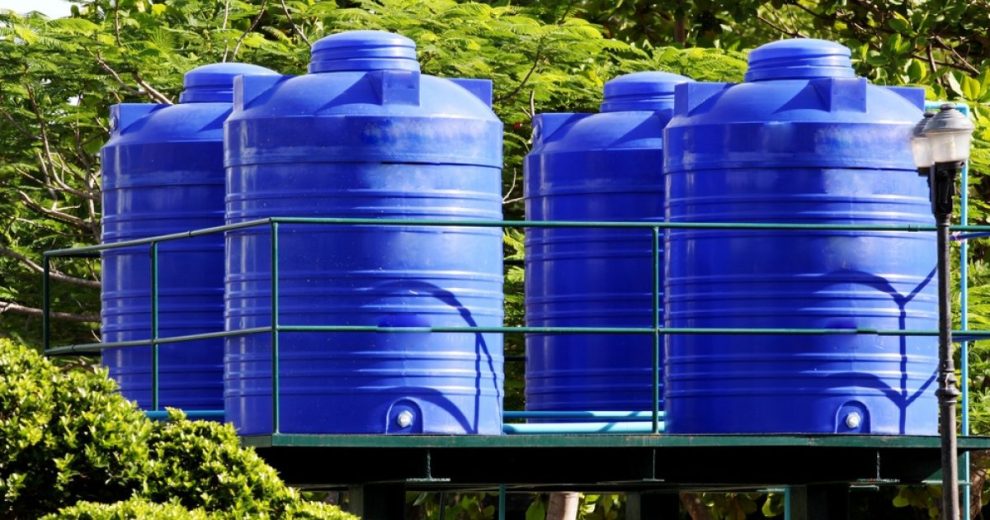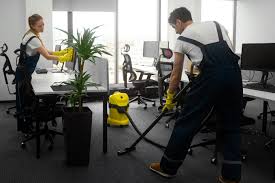Water tanks are a necessity in today’s world. They are used in several sectors, including the commercial and industrial sectors. But have you ever thought of how water tanks are manufactured in India?
This article will highlight the manufacturing process of plastic water tanks in India.
- Rotational Moulding
The primary process of manufacturing plastic water tanks is Rotational Moulding. This process is mainly used to create hollow tanks. It uses low pressures and extremely high temperatures to rotate a mould. This helps in the even distribution of the polymer material. The most significant advantage of rotational moulding over blow moulding is that it creates less residue, and the moulds used are affordable. The rotational moulding process has several steps-
- Loading- In this process, the polymer material is turned into powder and put inside the mould. If you plan on building a vast capacity tank, you will need a lot of powder. Polymer powders are available in different colours.
- Oven– The powder and the mould are then stored in an oven. The heat inside the oven melts the powder and also rotates the mould. Since the mould is multiaxial, the powder starts coating the surface of the mould. The rotation speed is controlled, and the angel is adjusted to give the desired shape and thickness to the tank. This entire process inside the oven takes about four hours.
- Cooling- While the mould is still inside the oven, heat is slowly lessened and eradicated. Enough time is given for the mould to cool down. After some hours, the melted powder starts to solidify against the mould surface.
- Removal of the Tank- As the plastic tank cools, the next step is to remove it from the mould. The removal method depends on the thickness and size of the tank. Larger and heavier tanks need cranes or forklifts to remove them. Smaller tanks can be easily removed using hands. Manufacturers perform these tasks with a lot of focus as even a little misstep can damage the entire product.
The most significant advantages of rotational moulding are-
- The tank has no joints or weld lines.
- The moulds are inexpensive.
- Not a time-consuming process.
- Economically viable.
- Minimum residue and material wastage.
- Versatile use for making different products in the same mould.
- Blow Moulding
This process manufactures a plastic tank by blowing inside a thermoplastic tube. The blow moulding process takes place in three steps- melting the resin, making the plastic, and blowing into the parison. Blow moulding can be divided into three types-
Extrusion- Melting is a necessary process used in extrusion. In this process, the plastic resin is placed into a hopper. It is then pushed into the extrusion moulding machine. It takes the shape of an elongated tube inside the machine.
Injection- There are five steps in the injection moulding process-
- Closing of the mould
- Injection of the heated plastic into the mould.
- Cooling of the mould to allow the plastic to harden.
- Drawing of the new plastic.
- Ejection of the ejector pin.
The most significant advantages of blow moulding are:
- It is a revolutionary technology that can produce various forms of products.
- This technology promotes high level of productivity.
- It is economical.
- It also offers automation benefits.
The main difference between extrusion moulding and injection moulding processes lies in the use of the formation method for the tank’s shape. In injection moulding, the plastic melts into a liquid and, with the help of a mould, takes the desired shape. On the other hand, extrusion moulding uses a machine to allow the plastic to make a tube-like shape.
Stretch Moulding– In most cases, stretch moulding is used to manufacture plastic bottles. It has been in use since the 1970s. The most significant advantage of using this method is that it increases the tensile strength of the tank. This type of blow moulding has two parts- single-stage and two-stage. Additionally, this process does not use a parison to manufacture water tanks. In stretch moulding, a preform is stretched and heated to fit the shape of the mould.
The manufacturing process selection depends on the type and shape of the plastic tank required. Therefore, many water plastic tanks are manufactured following specific processes. For example, most water tank manufacturers use polyethene plastic, polypropylene plastic, and fibreglass plastic to manufacture the best water tank for their users. These water tanks are then used in several industries and departments like the fire department, pharmaceuticals, and food processing industries.












Add Comment